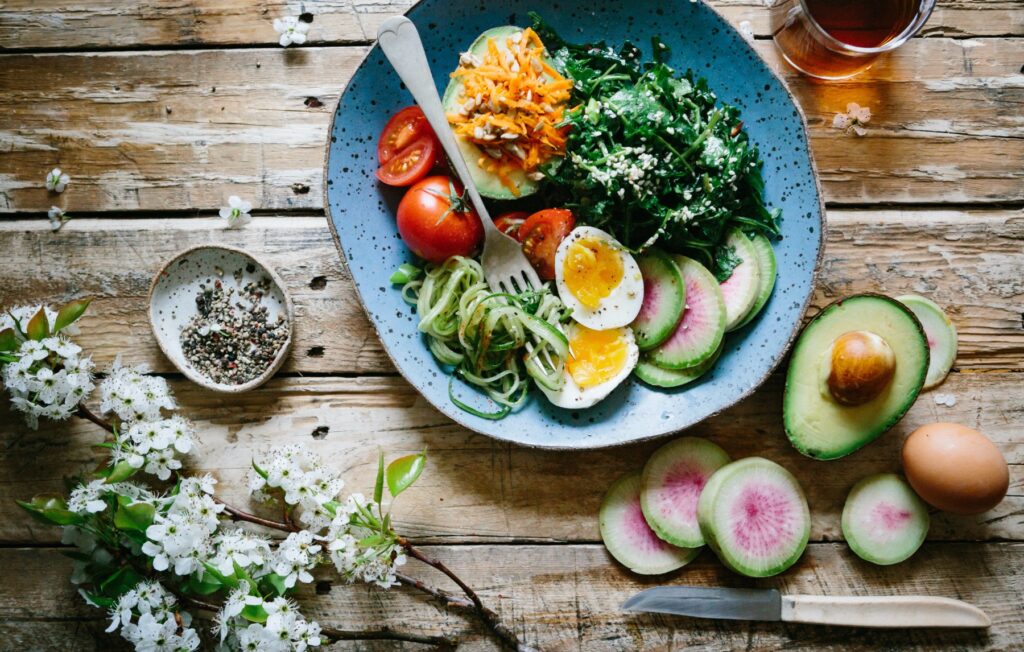The role of nutrition in regulating inflammation is becoming a more and more mainstream topic. The inflammatory process can be good or bad depending on why it starts and the duration of the effect. When your body is exposed to something foreign like pollen, a thorn or a virus, it initiates a cascade of inflammatory mediators that respond to remove the pathogen. In these cases, the inflammatory process is serving a protective role to keep you safe.
Unfortunately, there are times when the inflammatory process can become unregulated and persists even when no foreign pathogen is present. In these cases, the inflammatory process, which is meant to protect your body, actually precipitates a state of disease. When your body is in a state of chronic inflammation it gradually wears you down.

Common diseases that result from inflammation:
- Cancer
- Heart disease
- Diabetes
- Alzheimer’s
- Chronic pain
- Arthritis
- Autoimmune disease
More and more studies show that the foods we eat have a significant impact on the level of chronic underlying inflammation we experience. Some foods actually reduce inflammation, and are known as anti-inflammatory, while other foods cause more inflammation and are therefore categorized as pro-inflammatory.

Pro-inflammatory food groups
- Sugar and high-fructose corn syrup
- Trans fats
- Vegetable and seed oils
- Refined carbohydrates
- Processed meats
- Excessive alcohol
Unfortunately, pro-inflammatory foods are extremely common in the American diet. Making choices to minimize these foods is essential to reducing the risk of chronic illnesses like heart disease and diabetes as well as chronic pain and even fatigue.
Just as limiting pro-inflammatory foods is helpful, choosing anti-inflammatory foods is important too. Many anti-inflammatory foods are known to have high levels of antioxidants and naturally occurring anti-inflammatory compounds.
Anti-inflammatory foods
- Berries
- Cruciferous vegetables (ie broccoli, cauliflower, Brussel sprouts)
- Avocados
- Peppers
- Mushrooms
- Grapes
- Green tea
- Fatty fish
- Turmeric
- Cocoa
Overhauling your diet can be tough. Believe, I’ve been there. There was a time when I literally ate chicken and rice or steak and rice EVERY. SINGLE. NIGHT. There was no side salad or vegetable. Fruits were few and far between.
I was exhausted all of the time. Unfortunately, when I did try to eat fruits and vegetables, I’d feel bloated and uncomfortable. My body was not accustomed to the high levels of fiber and the gut flora that flourished on steak and rice were completely inept at breaking down a piece of broccoli.
Therefore, it required a very gradual shift from my nutritionally deficient diet to the healthy, nutrient-rich diet I embrace today.








